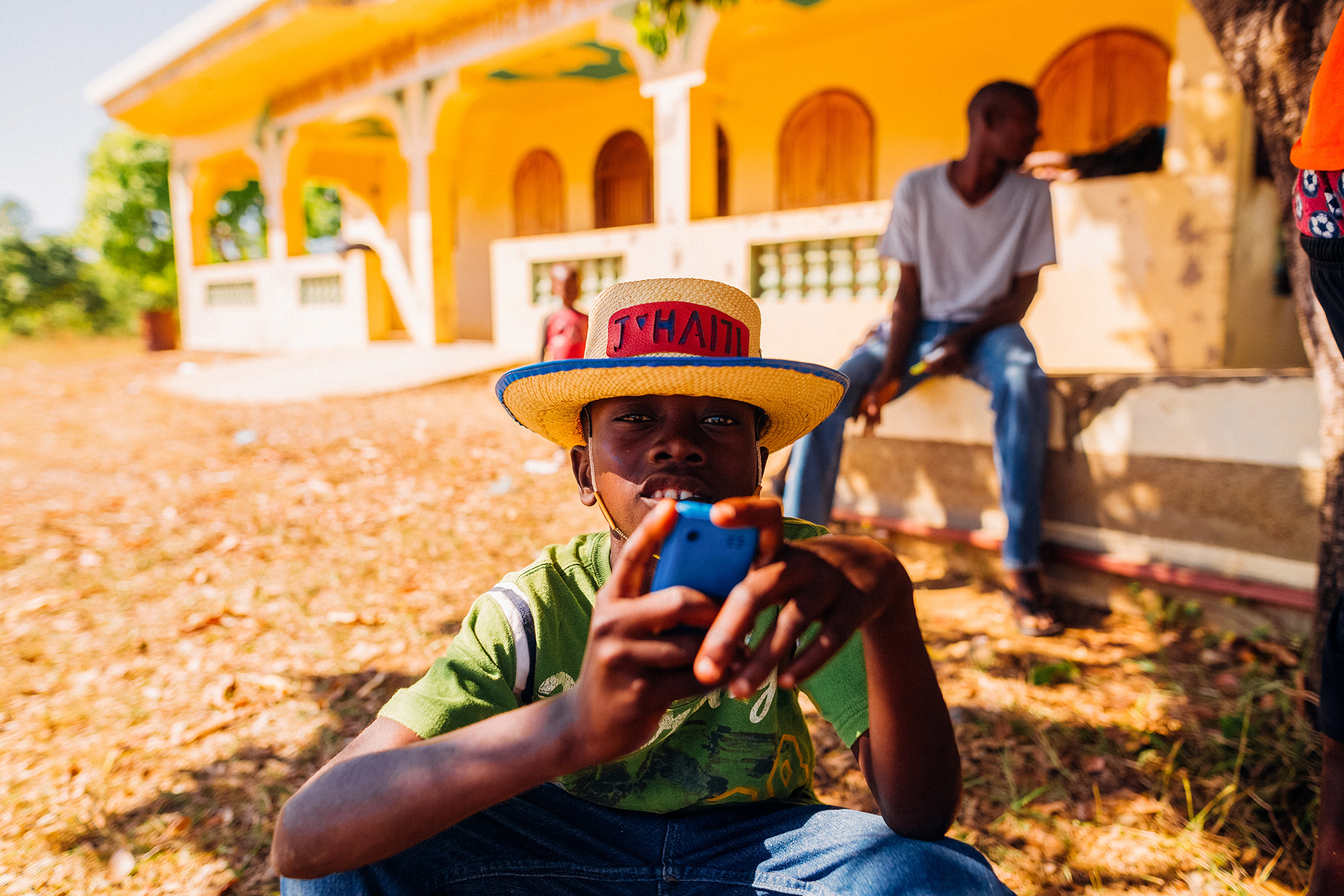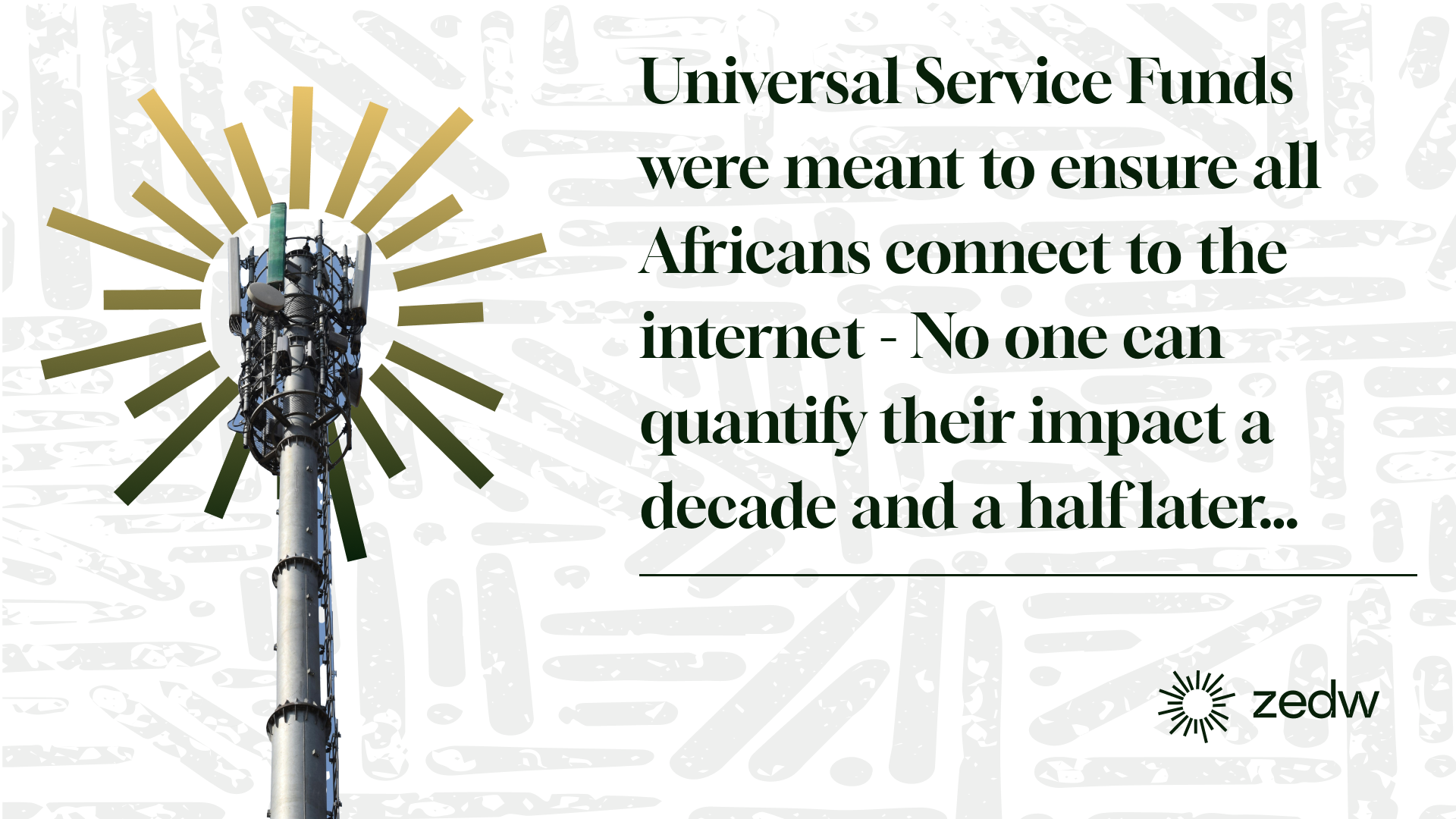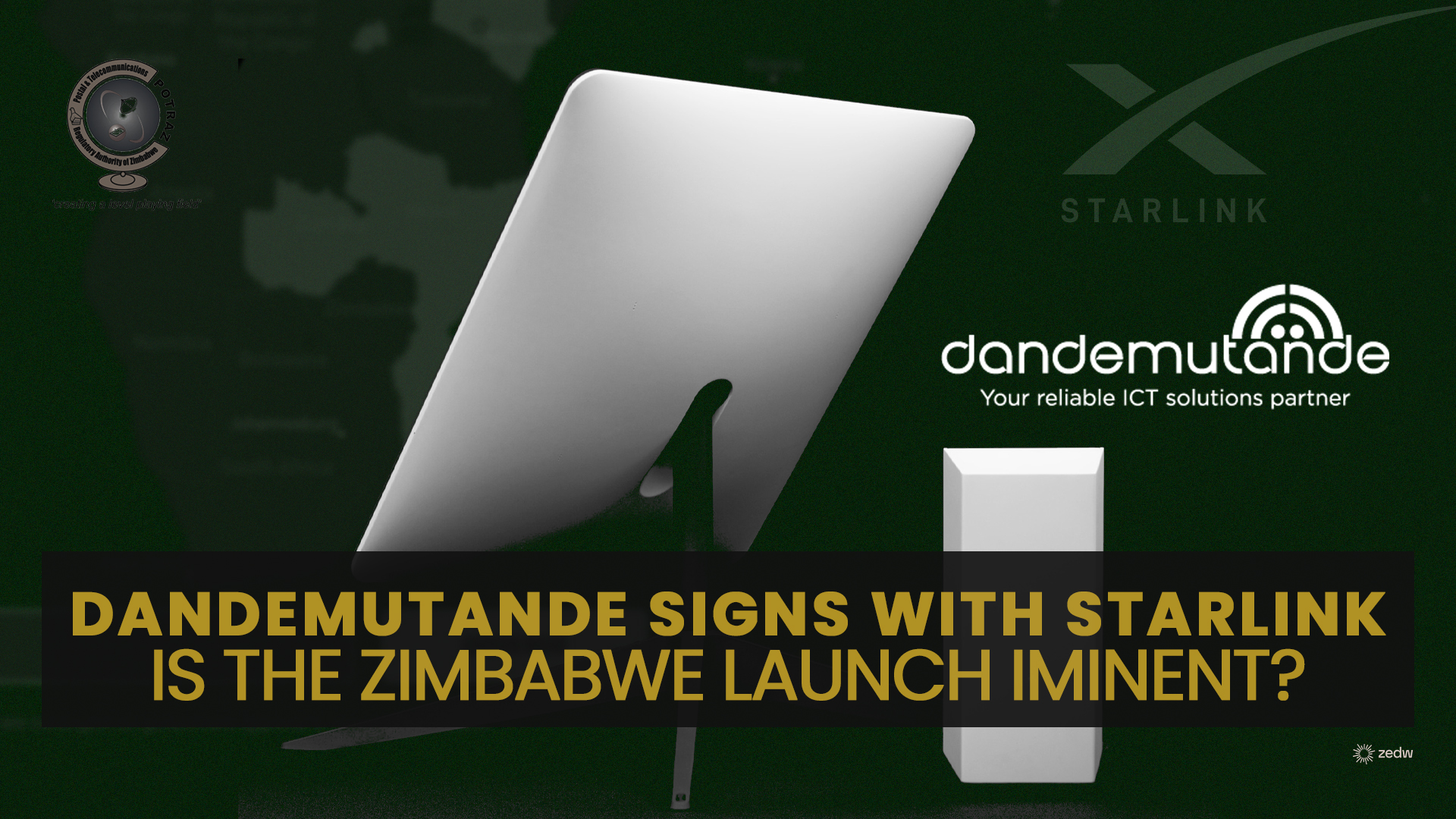The Malawi Mobile Telecommunications scene is one that is occupied by a duopoly of mobile network operators and fixed service providers. It’s underdeveloped but has been taking some good strides to resolve that.
The players in the Malawi Telecommunications sector
Telekom Networks Malawi (TNM) is the biggest mobile operator with a market share of 54%. TNM came about in 1995 as a joint venture between incumbent Malawi Telecommunications Limited (MTL) and Telekom Malaysia. It is the only operator currently providing 5G and also holds 2 licenses for fixed network services.
Airtel Malawi, the second-biggest mobile network operator, entered the space in 1999 and holds a 46% market share.

Malcel is the latest mobile network operator in Malawi to be awarded an operating license. In August of 2022, Malawi Communications Regulatory Authority (MACRA) awarded Malcel a mobile network operating license. An estimated US$280 million is to be invested in Malcel over 5 years with the network operator looking to go live on 1 October 2023.
You should also read: Zambian Telecommunications Sector. The Players & Who Is Who
Infrastructure development
Mobile penetration rate stood at 61% in Q1 of 2022 which was a 6% increase from 55% in Q1 of 2021. This is low considering that the average mobile penetration rate in SADC stands at 66%.

As of Q1 2022, Malawi had a total of 1971 base stations up from 1785 the year prior. Only 4.02 million Malawians have access to the internet bringing the internet penetration rate to 20.2%, a figure similar to the urban population in the country of 20%.
There are 2 main fixed internet providers in Malawi. Malawi Telecommunications Limited (MTL) and Access Communications. Since 2017 Malawi’s Government has been working with China for their Fiber Backbone project obtaining soft loans from the China Exim Bank.
In phase 1 of the project, which broke ground in 2017, a total of 1,230km of fiber were laid by Huawei in partnership with the national power utility Electricity Supply Commission of Malawi (ESCOM). This project was successfully completed in 2018.
Phase 2 of the project contracted again to Huawei kicked off in 2021 with the prospect of adding an additional 2800km of fiber over a period of 18 months. It is projected that this project will see 100,000 businesses and homes getting connected.
Connectivity dynamics
80% of the Malawi population is rural with 20% in the urban environment. Population density is the highest in the whole of SADC at 211 persons per square Km. 3 times higher than the next country on the list.

That said, the rate of connectivity is very slow and is mainly due to limited national bandwidth capacity, underdeveloped infrastructure resulting in the larger populous being unserved and high taxes on communication devices (17.5%) presenting a barrier to entry for basic connectivity.
While there is no prospect of the tax on communication devices being revised, a lot is happening in improving the connectivity infrastructure.
In February 2023 Malawi’s biggest fixed network operator, MTL, migrated its voice service from 2-wire copper to an IP-based system.
Phase 2 of the Malawi National Fiber Backbone project commenced in 2021 adding an additional 2800km to the fiber network as well as an additional data centre.
A 3rd mobile network operator was licenced in 2022, Malcel, with a US$280 million investment that they plan to use to set up 1350 base stations across Malawi over the course of 5 years and the operator plans to go live on 1 October 2023.








